Ben Goldfarb
An interview on the impacts of habitat fragmentation with environmental journalist and author, Ben Goldfarb.
1. At the present time, you are a renowned environmental journalist and author. At what age did you realize you were passionate about conservation and environmental issues? How did your journey into this field begin?
My work as an environmental journalist is the culmination of a lifelong interest in nature. I grew up in New York’s Hudson Valley, and always loved hiking, camping, and especially fishing. During and after college, where I majored in Environmental Studies and English, I took a few seasonal gigs in natural resources and ecology: I tagged sea turtles in North Carolina, helped the National Park Service restore native trout in Yellowstone, did some urban forestry research in New York City. Meanwhile, I always loved to write, and found myself frequently blogging and contributing articles about the issues I was working on and learning about. I guess it was inevitable that I’d eventually turn to journalism, as a way of combining my passion for wildlife with my affection for writing and literature!
2. It may not be complicated for the public to understand that the threat of vehicle strike mortalities to wildlife exists because motorists see roadkill every day. However, in your book, Crossings: How Road Ecology is Shaping the Future of Our Planet, you discuss the thought that this is not necessarily the greatest threat. Would you please elaborate on the intricacies and complexities of how roadways negatively impact plant and animal life beyond the obvious collisions? Can you explain the term “moving fence” that you use in your book?
The dead animal by the roadside is only the tip of the iceberg when it comes to how roads affect nature! Just as harmful is the constant stream of traffic that rolls down many busy highways, and which blocks animals from navigating the landscape altogether — the “moving fence” of vehicles, as one biologist called it. In some cases, that moving fence, and the resultant loss of habitat connectivity, can be worse than roadkill itself. Consider the migratory mule deer who live in the harsh deserts of southwestern Wyoming, and who must walk hundreds of miles to find food and habitat. Unfortunately, Interstate 80 blocks them from accessing a portion of their winter range; scientists have detected collared deer pooling up against the north side of the highway, waiting for a gap in traffic that never comes. Some years, many deer starve. They’re not dying because they’re getting hit by cars, but because they never have the opportunity to cross.
Or think about the famous cougars who live in the Santa Monica Mountains outside of Los Angeles. Because their small island of habitat is surrounded by busy freeways, no new cougars from other areas can reach them. As a result, the Santa Monica cats are stuck mating with their own relatives, and have begun to suffer genetic defects. Yes, many also get hit by cars — but freeways are killing these cats indirectly as well.
3. Can you walk us through your research on how vehicle sounds cause harm to wildlife? Through your observations, how has this changed animal behavior?
Road noise pollution is immensely disruptive to animals’ lives. Imagine what it’s like to be, say, an owl, a species that hunts by listening for the sound of rodents’ footsteps crunching through the leaf litter. If you can’t hear your prey because that delicate rustling is drowned out by the noise of engines and tires, you can’t live in that place! The same goes for male songbirds and frogs, who have to sing and call to attract females; if their potential mates can’t hear them, they’re not going to be able to reproduce. Some animals have adjusted by singing at higher frequencies that are more audible over the low-frequency rumble of traffic, but those types of behavioral changes only go so far. Road noise, in a sense, is a form of sensory habitat loss: A highway might only be 100 feet wide from shoulder to shoulder, but in some cases that disruptive acoustic envelope can span a mile or more.
4. In your book, you talk a lot about wildlife crossings. Can you educate the public on the diversity of wildlife crossings you’ve seen in your work and what you believe is the recipe for success in achieving increased habitat connectivity?
Wildlife crossings are passages that allow animals to safely cross roadways. Many thousands have been built around the world, in all kinds of shapes and sizes: There are sweeping overpasses for grizzly bears in Canada, wide-open underpasses for elk in Arizona, bridges for pangolins and civets in Singapore, tunnels for toads in England and Germany, rope ladders for squirrel gliders in Australia — even steel spans for migratory red crabs on Christmas Island! These passages usually work best when they’re paired with roadside fences, which keep animals from wandering onto the pavement and direct them to crossings over and under the highway. A huge body of scientific literature shows that fences and crossings typically reduce roadkill by 80 to 95 percent, and allow animals to safely move, migrate, and mate on either side of highways.
Happily, wildlife crossings are on the rise. The 2021 Infrastructure Act allocated $350 million in federal funding for new passages, and states like California, Colorado, and Utah have set aside lots of money of their own. Nepal and India are building crossings for tigers, Kenya is installing underpasses for elephants, and Brazil is creating passages for everything from tapirs to tamarins. Around the world, traffic rates and highway construction are exploding, so it’s vital that we give animals the chance to safely traverse our planet’s landscapes.
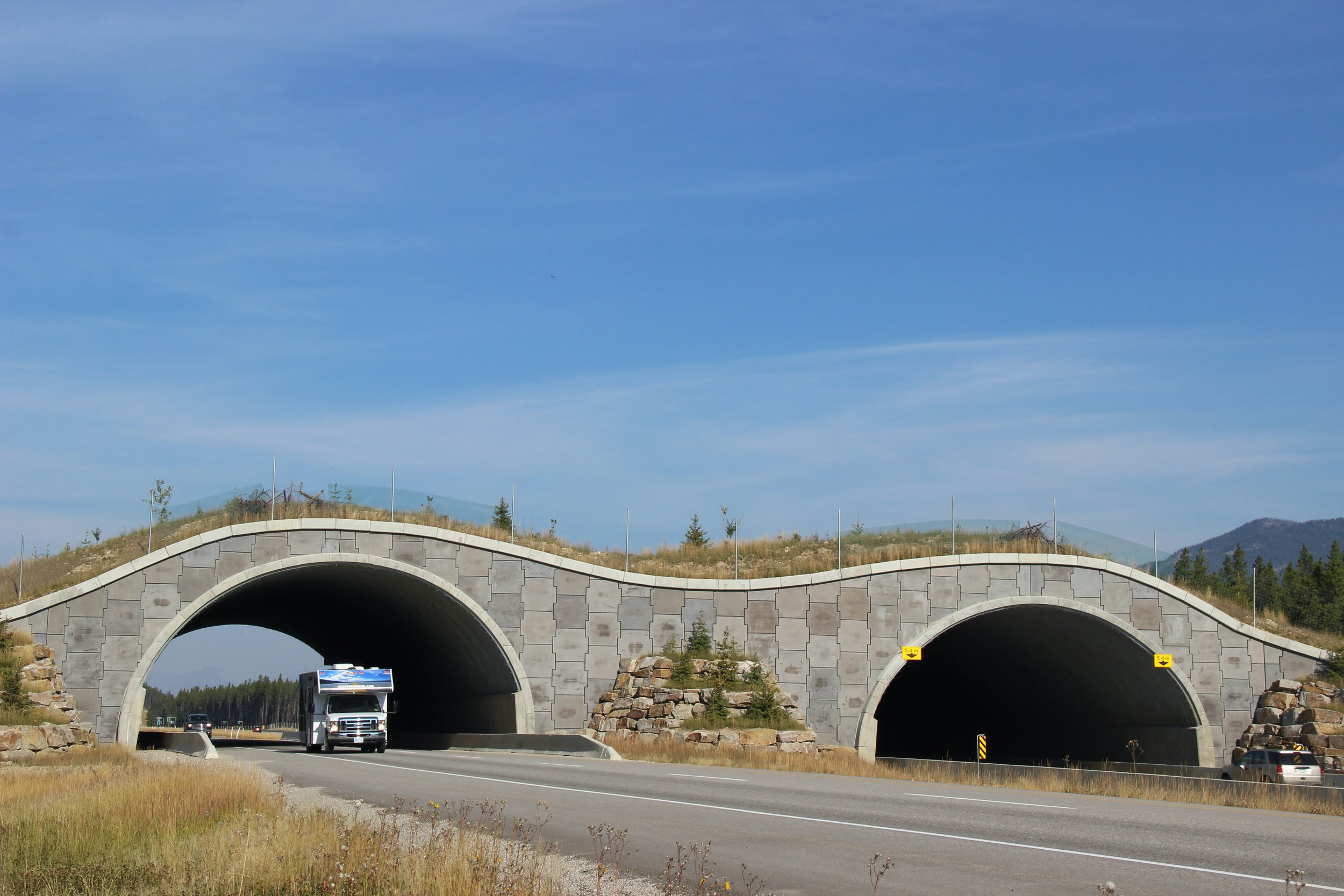
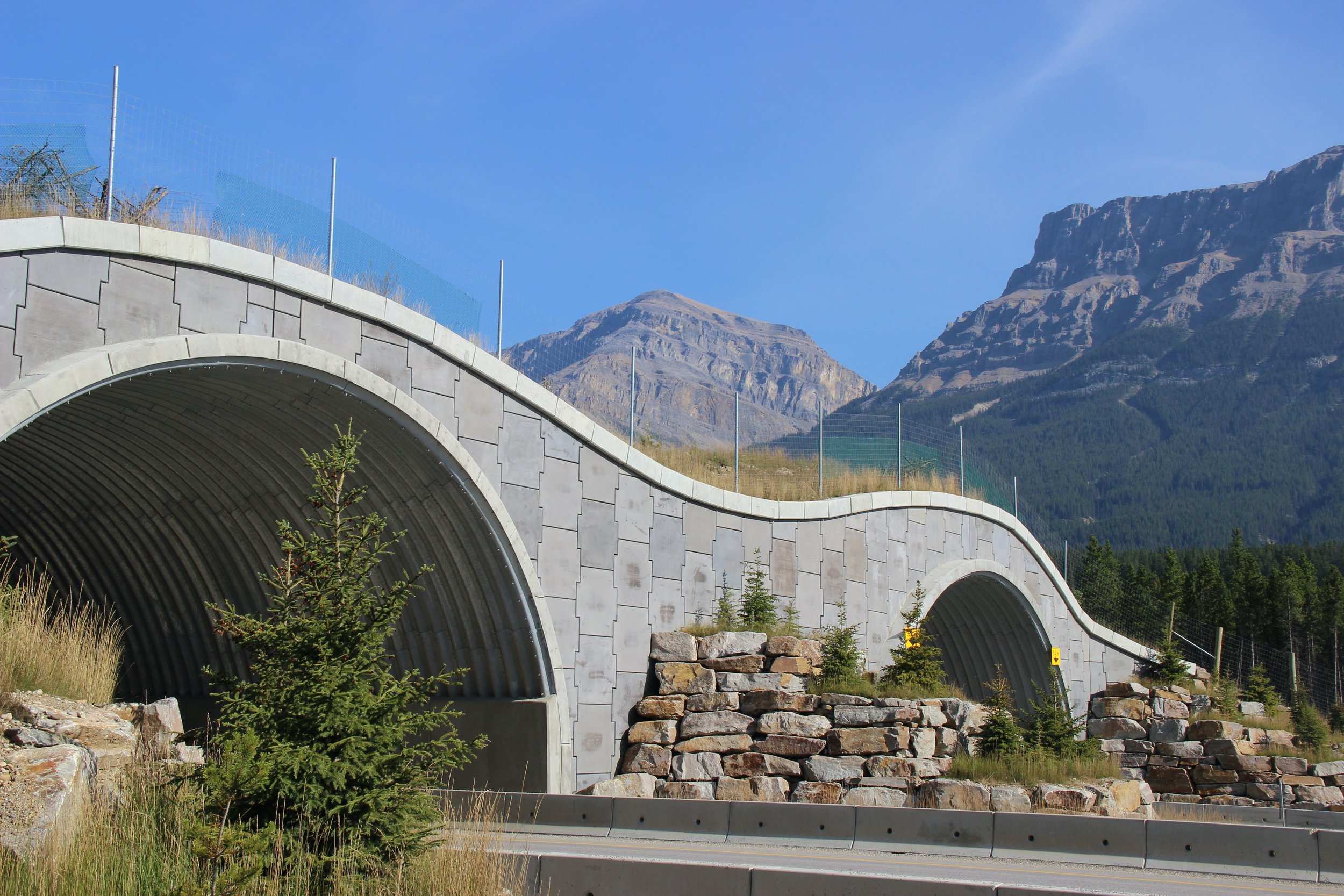


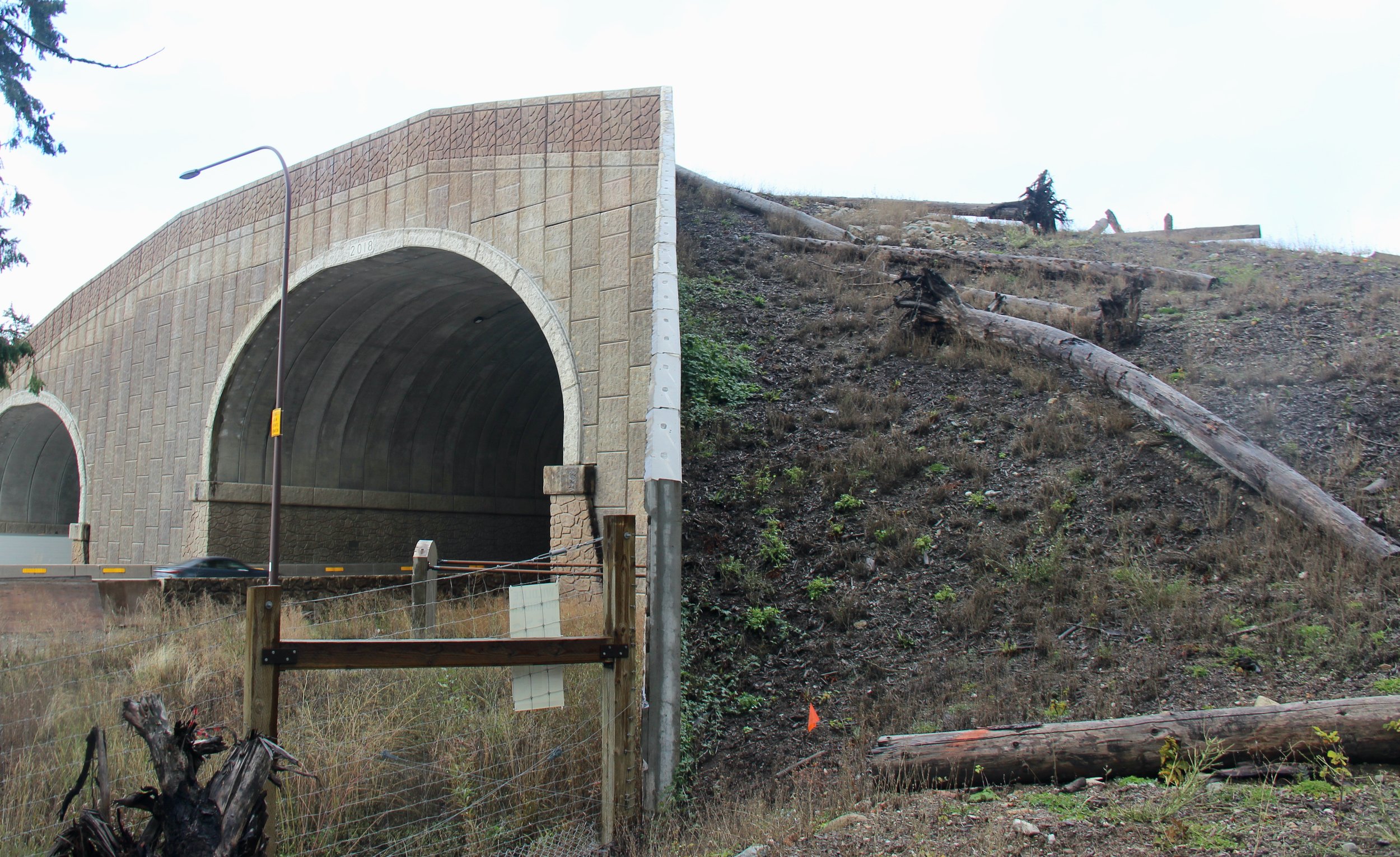

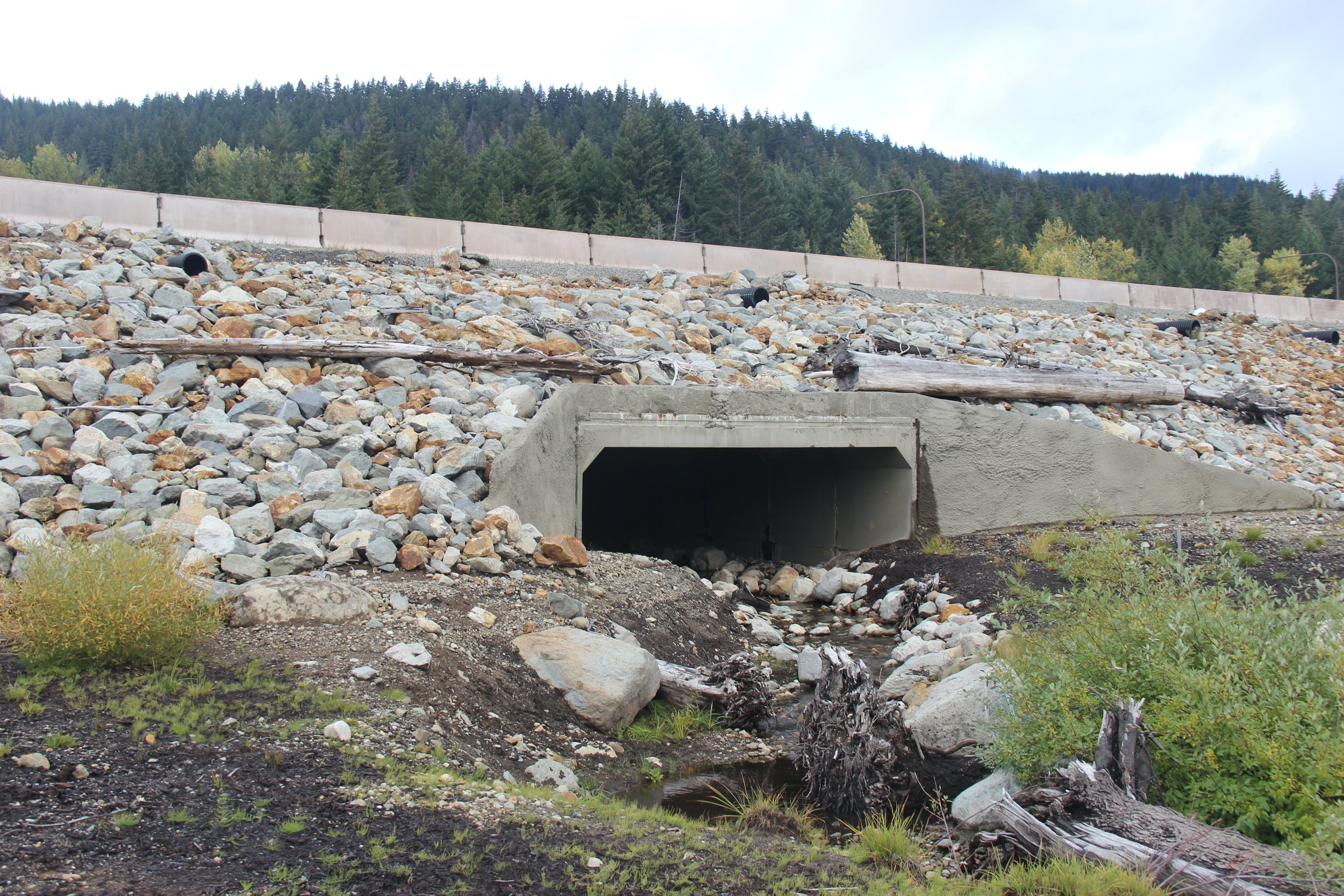
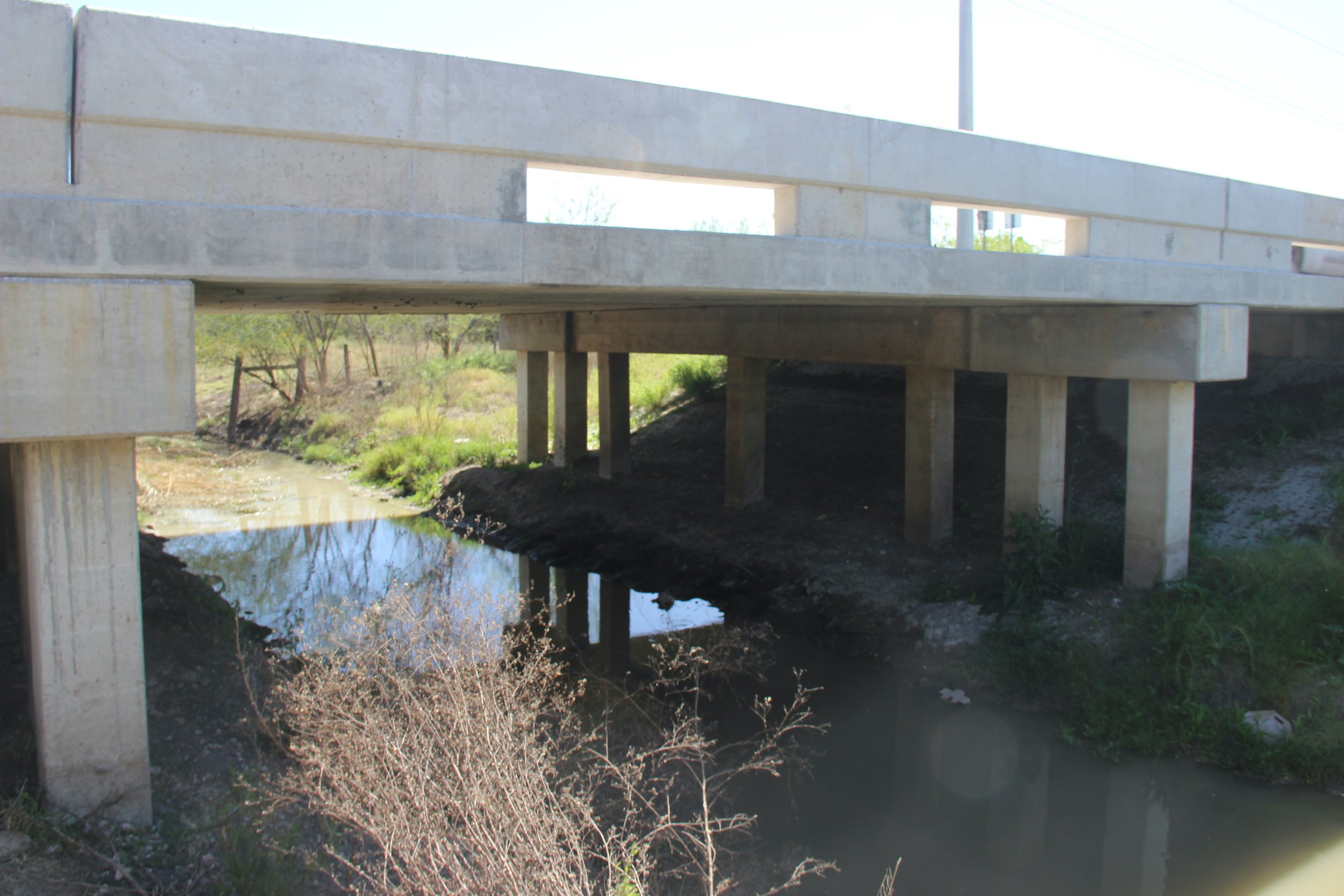
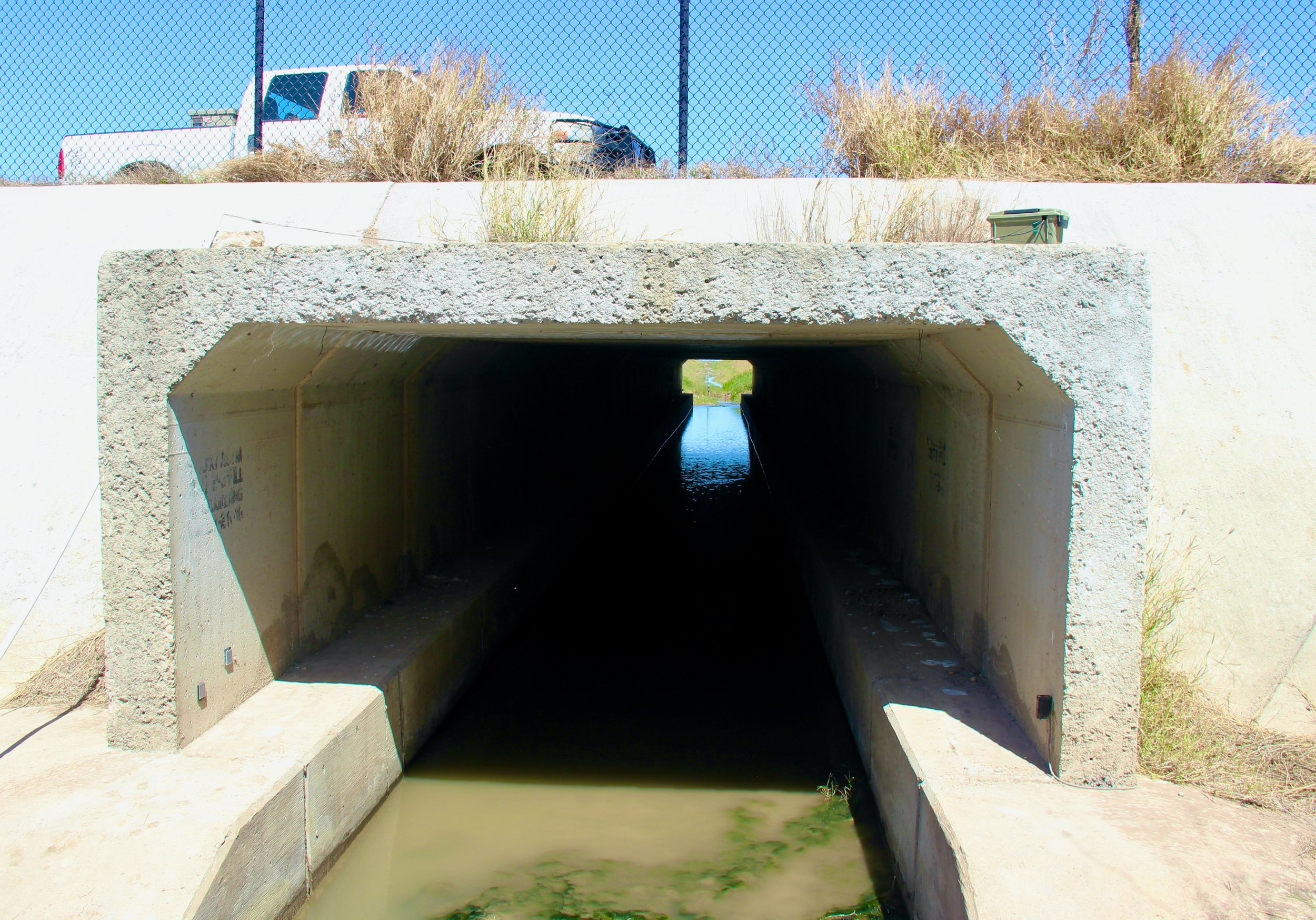
5. As an author, you have also written a book called Eager: The Surprising, Secret Life of Beavers and Why They Matter. What drove your love for this species? What has been your most memorable encounter with these animals?
My obsession with beavers began a decade ago, when I started speaking with scientists who were thinking of these incredible rodents as tools of ecological restoration. Beavers, of course, build dams, which in turn create ponds and wetlands that provide all kinds of valuable ecological benefits. Beaver ponds improve water quality by filtering out pollution, slow down destructive floods, sequester carbon, and create firebreaks in increasingly flammable forests. Perhaps most important here in the West, where I live, is their ability to mitigate drought: They’re building thousands of little reservoirs for us up in the high country, keeping water on the landscape as our region gets hotter and drier!
I’ve had too many cool beaver encounters to name a single one, but I’m always amazed by how many other neat interactions you can have at a beaver pond. Beavers are keystone species, and their bountiful wetlands attract amphibians, mammals from moose to bats, and a spectacular diversity of birds. A couple of years ago I was visiting some beaver ponds in Utah with a friend, and we spotted a sandhill crane walking along the crest of a beaver dam. Later we realized she’d actually built a nest atop the dam, and laid a clutch of two eggs! Where beavers go, life follows.











6. When a person is thinking about going into conservation work as a career, what advice would you give them?
I’m not sure I have much brilliant advice to dispense, but I can certainly provide encouragement. We’re in a period of catastrophic, human-caused biodiversity decline, the sixth mass extinction event in our planet’s history; common species are becoming rare and rare species are going extinct. Saving wildlife is a noble and urgent calling, and future generations will thank you for it. Above all, success is possible: So many of our common species today, from beavers to black bears to turkeys to white-tailed deer, were hunted nearly to oblivion in the 19th century. The fact that these animals are now relatively abundant illustrates that conservation laws, campaigns, and education can be effective. Granted, the challenges are bigger and thornier today, but the impressive track record of wildlife crossings, beaver restoration, and other conservation interventions shows that we have solutions, too. Thanks for fighting on behalf of our fellow beings!
To read Ben Goldfarb’s book Crossings: How Road Ecology is Shaping the Future of Our Planet, please visit the link below:



